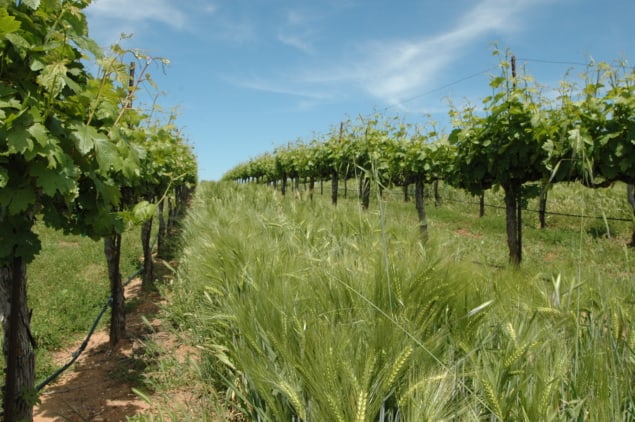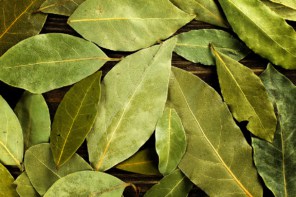
More effective use of green water – rainfall stored in soil – could mitigate irrigation demand for some of California’s most important perennial crops. So say US researchers who simulated 13 years’ growth of alfalfa, grapes, almonds, pistachios and walnuts under different irrigation strategies.
Though the Midwest might be America’s breadbasket, in value terms the nation’s agricultural output is dominated by California, which has become a globally significant producer of fruit and nuts.
With its dry Mediterranean climate, however, California can only sustain farming on this scale with large inputs of so-called blue water, diverted from streams and reservoirs and pumped from deep within the ground, for irrigation. Without these inputs, farmland would be in water deficit, with crops demanding more throughout the summer growing season than rainfall could replenish over the winter.
In water accounting, water use by plants is synonymous with evapotranspiration—a combination of moisture carried from the soil to the atmosphere via roots and leaves, and moisture lost from the soil directly by evaporation. Evapotranspiration sits in the negative column of the accounts ledger, balanced by inputs from rainfall and irrigation. Any outstanding deficit is taken from the water stored in the soil.
Allowing greater green water depletion before recharging the soil lessens the need for irrigation directly, according to Scott Devine and Anthony O’Geen of University of California, Davis. It also decreases water loss through evaporation, surface runoff and percolation to deeper groundwater stores.
To quantify the relationship between green-water use and irrigation, Devine and O’Geen compiled detailed soil data for nearly 1.5 million hectares of farmland growing alfalfa, grapes, almonds, pistachios and walnuts. Daily weather records from 2005 to 2017 indicated how much rainfall the farmland received to balance evapotranspiration and allowed the researchers to estimate the irrigation requirement.
Reflecting a “business-as-usual” approach to blue-water use, Devine and O’Geen ran a 13-year simulation that assumed fields were irrigated when green water had been depleted by 30% during a crop’s growing season. The length of a mature plant’s roots depends on how deep below the surface the water lies; in this shallow-irrigation scenario the plant rooting depth was just half a metre. In other runs, the researchers simulated later, less frequent irrigation applied at green-water depletion thresholds of up to 80%, and rooting depths of up to 3 m.
As expected, meeting more of the plants’ evapotranspiration budget with green water decreased demand for blue water. But tolerating depletion to greater depths also produced an additional saving.
“Soil is porous like a sponge, and it dries from the top down, just like a dish sponge would if you left it on the counter,” says Devine. “Constant replenishment of soil water at the surface from frequent rainfall or irrigation ensures maximum evaporative rates: a dry upper soil layer from less frequent and deeper irrigations prevents evaporative loss.”
Compared to the baseline shallow-irrigation strategy, deep-irrigation scenarios saw green-water use nearly double, and the quantities saved by limiting surface evaporation were even larger. Over the 13 years, the savings in the model from moving from a shallow to a moderate (1 m rooting depth) scenario were enough to fill California’s largest reservoir, Shasta Lake, more than six times.
California still needs irrigation, however. In the deep-irrigation scenarios green water accounted for only 12% of growing-season evapotranspiration on average. And in some parts of the state a large, periodic input of blue water is necessary to maintain soil quality by flushing out salt from the root zone.
“Silver bullets do not exist in land management,” says Devine. “The study was designed to make growers and policy makers aware of opportunities by quantifying a potential resource, while also highlighting some real challenges of capitalizing on that resource. We hope the study will help stimulate a constructive, global dialogue about irrigation practices, crop breeding and soil management in dry climates like California’s.”
Devine and colleagues reported their findings in Environmental Research Letters (ERL).



